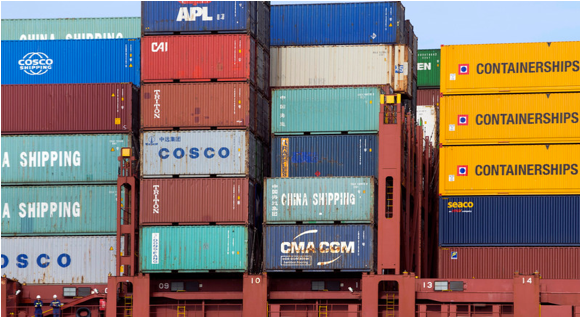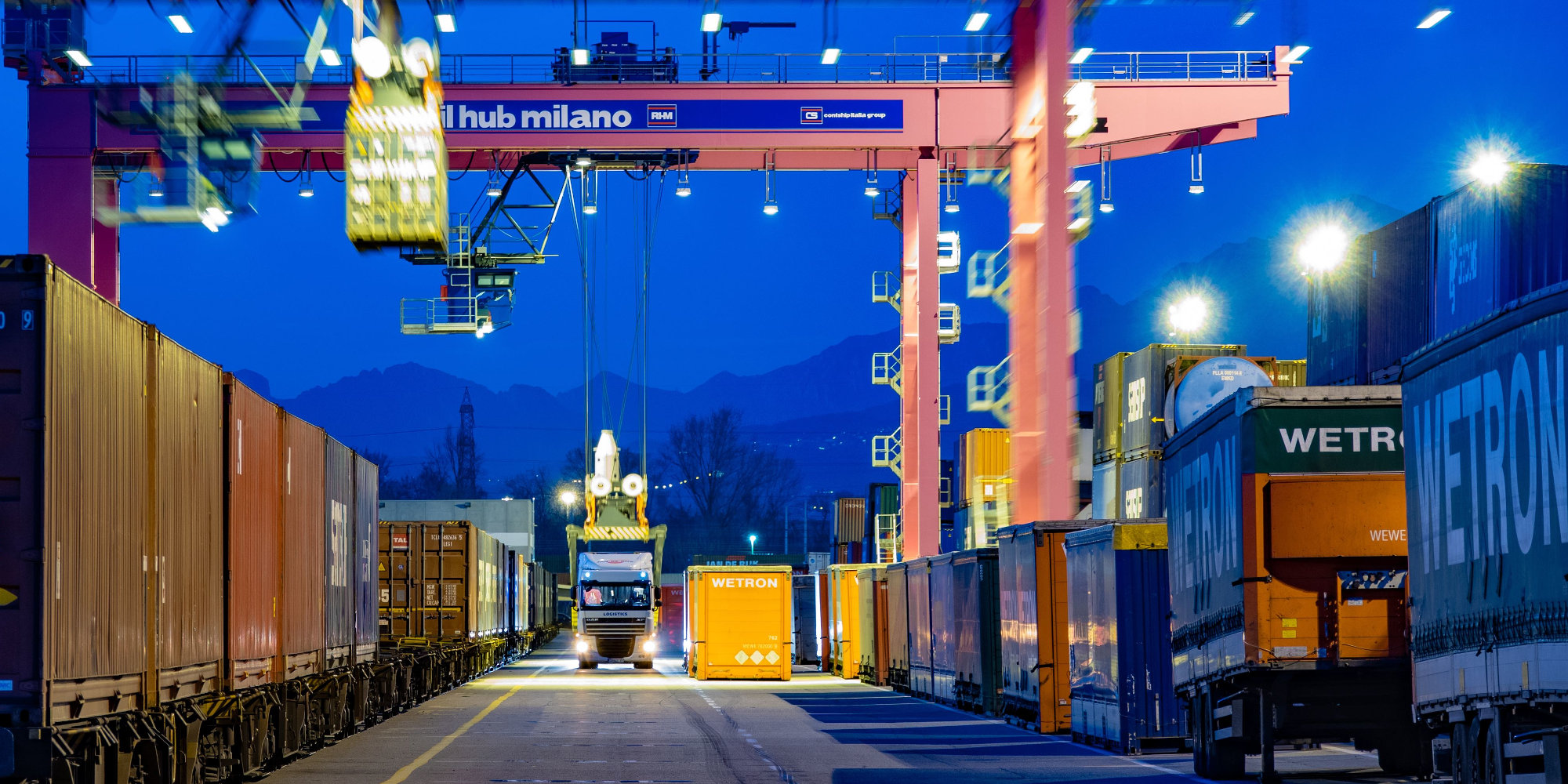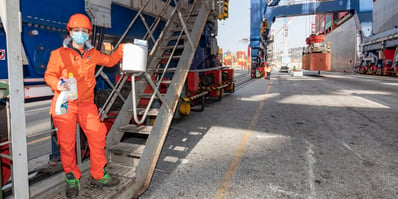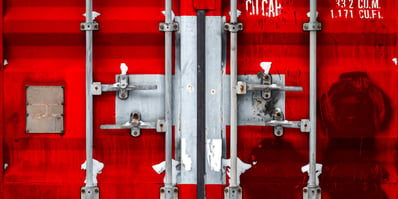Fast Corridors are virtual infrastructures dedicated to the transfer of imported goods, without the issue of T1 customs transit documents. Using Fast Corridors customs procedures can be shifted from the gateway port container terminal, to the next inland logistics hub. This shift avoids bottlenecks and reduces ports congestion, postponing customs operations.
Improving the efficiency and speed of the intermodal logistics process often means reducing idle time and speeding up the transfer of goods towards the final destination. To make this possible, it's necessary to simplify and digitize data acquisition and transmission procedures.
Digital cargo tracking can generate a constant flow of data which can be used by the different subjects involved in the logistics process; this is the innovative approach made possible by the cooperation between the Italian Customs Agency and the private operators transfering goods using Fast Corridors.
In 2019, the Italia Customs Agency issued a new directive (prot.n.42621/RU of 4.30.2019) to regulate the activation of Fast Corridors, whose functioning is defined by articles 139 and 148 par 5. of the EU Regulation n.952/2013. The new law aims at overcoming the remarks made by the European Commission on previous Fast Corridors discipline, introduced in 2015 (prot. n.44053/RU/2015 and prot. n.53313/RU/2015) which is now replaced by this new guidelines.

Which are the main benefits related to the use of Fast Corridors?
-
No customs formalities at the entry port: the owner of the customs warehouse at the inland terminal guarantees the fiscal credit to the Customs Agency and is responsible for the goods, even before their arrival at the import gateway.
-
Zero customs inspections from the automated fiscal risk analysis system (excluding terrorism, narcotics and commercial frauds inspections); all duty-related inspections are transferred to the inland terminal instead of the entry port.
-
Reduction of supply-chain environmental footprint, using combined transport; within a rail Fast Corridor trains are used to move containers between the gateway port and the inland terminal, a much more sustainable logistics option, compared to full truck haulage.
-
Faster processes along the whole supply-chain, powered by a continuous data flow between the different subjects involved in the logistics cycle, a single customs window and integrated customs processes. This way time transit from the quay to final destination is considerably reduced.
-
Reduction of port congestion and reduction of idle time at entry port, turning into savings on container storage costs for the end customer.
-
Improved safety, through a continuous monitoring of cargo movements along the Fast Corridor route.
-
Digitization of logistics processes and incentive to integrate customs operations with internal procedures.
Which are the rail Fast Corridors active in Italy?
These are the Fast Corridors currently active in Italy (last update: September 2020 - source: Italian Customs Agency)
ORIGIN |
DESTINATION |
|
La Spezia (LSCT) |
Melzo (Rail Hub Milano) |
|
Genoa Voltri (VTE) |
Rivalta Scrivia freight village |
|
La Spezia (LSCT) |
Rivalta Scrivia freight village |
|
La Spezia (LSCT) |
Padua freight village |
|
La Spezia (LSCT) |
T.C.Warehouse Terminal Rubiera (RE) |
|
Genoa Voltri (VTE) |
Melzo (Rail Hub Milano) |
Who can benefit from the use of Fast Corridors?
The customers who can reap the greatest benefits from the use of Fast Corridors are those who already interested in the intermodal option to move their cargo.In particular, Fast Corridors represent a value-added logistics option of importers (Beneficial Cargo Owners) who are looking to continuously improve their logistics processes, and are capable of updating and optimizing operational processes to control the cost, the risk and the sustainability of their supply-chain.

Fast Corridor already represent a high-value option for shipping lines and freight forwarders focused on the quality of their service. In partnership with these operators, customers can discover the many benefits of Fast Corridors, working with primary service providers, such as the Contship Italia Group, to identify the best logistics option and use Fast Corridors to optimize and speed up their supply-chain.
Learn more
Discover more about Fast Corridors watching the video of the Webinar organized by Contship, with the contribution of Stefano Morelli, Customs Services and Warehouses Director and President of the Customs commission of Assologistica, and Daniele Testi, Marketing & Communication Director.





.jpg)


